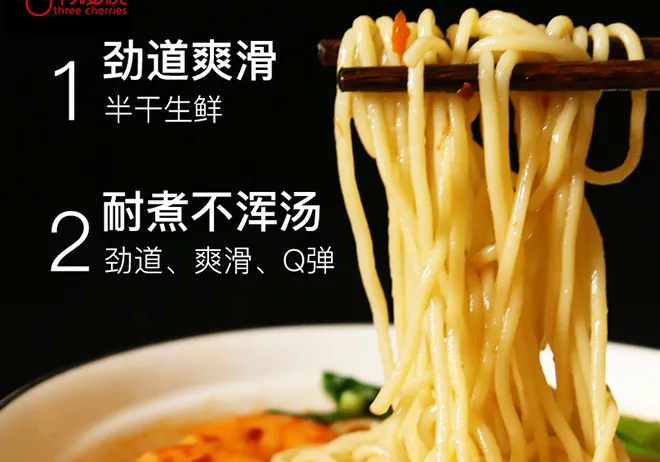100 buckwheat soba
The Marvels of 100% Buckwheat Soba A Gluten-Free Delight
Soba, a traditional Japanese noodle, has gained global fame for its unique taste and numerous health benefits. While soba noodles can be made from a blend of buckwheat flour and wheat flour, 100% buckwheat soba takes this nutritious ingredient to the next level, offering a gluten-free alternative that does not compromise on flavor or texture. In this article, we will explore the origins of soba, the virtues of buckwheat, and the delightful ways to enjoy 100% buckwheat soba.
The Origins of Soba
Soba dates back to the Edo period in Japan (1603-1868) and hints at the rich culinary traditions that have shaped Japanese culture. Traditionally, soba was consumed as an everyday food due to its affordability and ease of preparation. Made primarily from buckwheat, these noodles are revered not only for their taste but also for their versatility. They can be served hot or cold, enjoyed in soups, salads, or as standalone dishes, making them a staple in Japanese households.
The Virtues of Buckwheat
Buckwheat is a pseudocereal that has gained recognition for its exceptional nutritional profile. Contrary to its name, buckwheat is not related to wheat and is entirely gluten-free, making it suitable for those with celiac disease or gluten intolerance. Rich in antioxidants, fiber, and essential amino acids, buckwheat helps reduce the risk of chronic diseases, supports heart health, and aids digestion.
Moreover, buckwheat is a powerhouse of amino acids, particularly lysine, which is often lacking in many grains. This essential amino acid is crucial for protein synthesis, tissue repair, and overall growth, making buckwheat soba an excellent choice for vegetarians and vegans seeking plant-based protein. Additionally, buckwheat is known to have a low glycemic index, making it a smart choice for individuals managing their blood sugar levels.
100 buckwheat soba

Cooking and Enjoying 100% Buckwheat Soba
Preparing 100% buckwheat soba is relatively simple, and the cooking process preserves its distinct nutty flavor. When cooking soba noodles, it is essential to follow the instructions on the package, typically boiling them for about 4-6 minutes. It’s crucial to avoid overcooking, as this can make the noodles mushy. Rinsing the noodles under cold water after boiling enhances their texture and helps remove excess starch.
One of the most popular ways to enjoy buckwheat soba is as a cold dish, known as zaru soba. After rinsing the noodles, serve them on a bamboo mat with a dipping sauce made of soy sauce, mirin, and dashi. Toppings like chopped green onions, wasabi, and grated daikon radish complement the dish beautifully.
Alternatively, buckwheat soba can be served as a hot noodle soup. A rich broth made of soy sauce, ginger, and vegetables can elevate the dish, making it a warming and nutritious meal perfect for chilly days. For a more substantial option, adding tofu, mushrooms, or leafy greens can enhance the soup's nutritional value and flavor.
Conclusion
In conclusion, 100% buckwheat soba is more than just a delicious noodle option; it represents a blend of tradition, health, and culinary versatility. With its gluten-free nature and rich nutritional profile, buckwheat soba caters to a range of dietary needs while providing a delightful eating experience. Whether enjoyed cold in a refreshing salad or hot in a comforting soup, buckwheat soba is a nutritious, tasty, and satisfying addition to any meal. Embrace this delightful noodle and explore the myriad of flavors it has to offer!
-
Is Whole Wheat Pasta Healthy?NewsMay.30,2025
-
Are Soba Noodles Good for Weight Loss?NewsMay.30,2025
-
Are Buckwheat Soba Noodles Healthy?NewsMay.30,2025
-
Are Buckwheat Soba Noodles Gluten Free?NewsMay.30,2025
-
Are Buckwheat Noodles Good for You?NewsMay.30,2025
-
A Healthy Way to Savor Soba and Spicy FlavorsNewsMay.30,2025
-
What Are Lanzhou Noodles?NewsMay.30,2025
Browse qua the following product new the we

















































































































